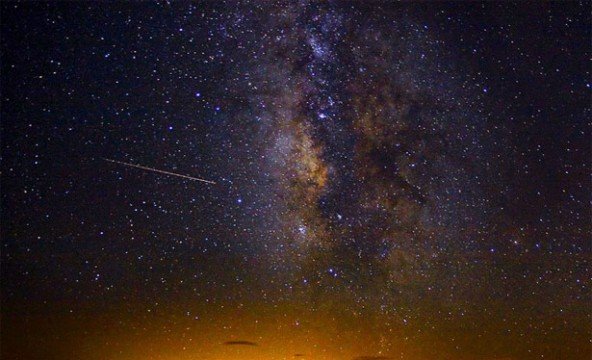The annual Perseid meteors are expected to put on a spectacular sky show this weekend.
Glare from a waning crescent moon may interfere with viewing.
But the Perseids remain one of the most popular events in the astronomical calendar, with meteor rates expected to reach as many as 100 per hour.
The Perseids are actually pieces of Comet Swift-Tuttle; each year in August, the Earth passes through a cloud of the comet’s debris.

These tiny pieces of ice and dust (which range from the size of a grain of sand to around as big as a pea) hit the Earth’s atmosphere at some 60 km/s (134,000 mph).
“December’s Geminids often outperform them by a bit, but the Perseids are probably the most-watched meteor shower, because they come in the warm vacation season,” said Alan MacRobert, a senior editor of Sky and Telescope magazine.
The Perseids can be seen all over the sky, but the best viewing opportunities will be across the northern hemisphere.
Their name comes from the fact that meteors in this shower radiate from the direction of the constellation Perseus.
The Earth passed particularly close to Comet Swift-Tuttle in 1992, when the Perseids put on a spectacular display.
The meteor shower has since returned to normal. The comet will not approach so close again until around 2125.
